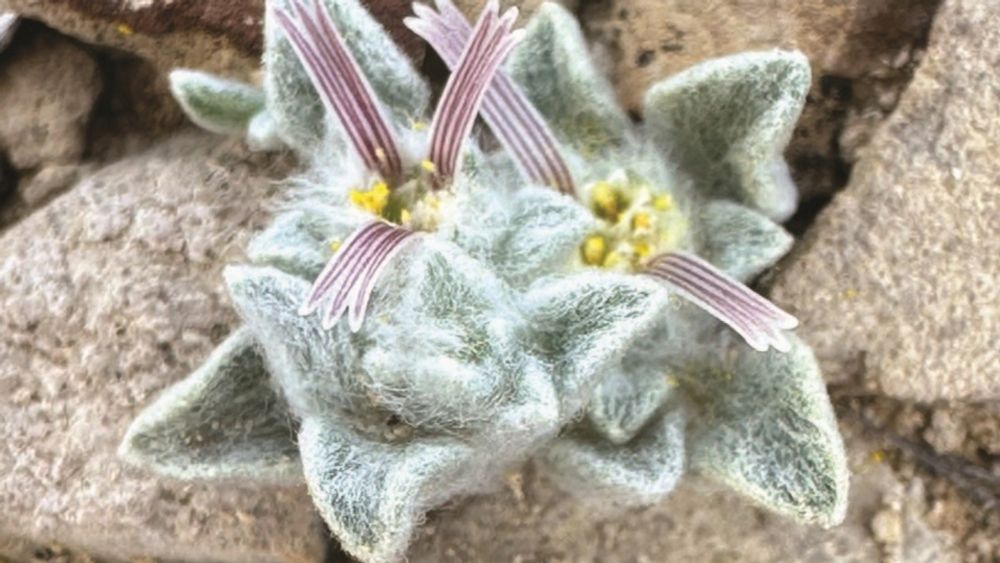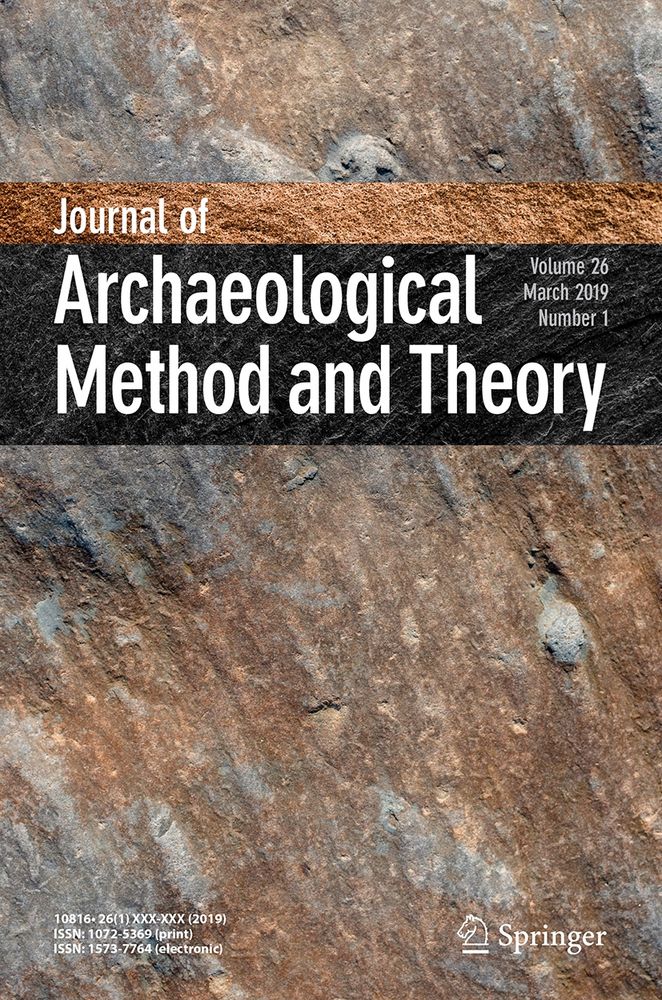Reposted by: Victor A. Albert, Michael D. Petraglia
dailygalaxy.com/2024/12/1150...

Reposted by: Victor A. Albert
cjm.sb-roscoff.fr/en/conferenc...

Reposted by: Victor A. Albert
Registration deadline is fast approaching! (May 19th)


Reposted by: Victor A. Albert

Reposted by: Victor A. Albert

Reposted by: Victor A. Albert
Reposted by: Victor A. Albert
johnhawks.net/weblog/anoth...





by Chris Stringer — Reposted by: Victor A. Albert


Reposted by: Victor A. Albert
www.frontiersin.org/journals/eco...


by Chris Stringer — Reposted by: Victor A. Albert

Reposted by: Victor A. Albert
Who - or what - cut these ancient sandstone tunnels in Brazil?
Read the full story: www.nature.com/articles/d41...




Reposted by: Victor A. Albert
"Unprecedented female female bias in the aye-aye, a highly unusual lemur from Madagascar"
1/
journals.plos.org/plosbiology/...

Reposted by: Victor A. Albert

Reposted by: Victor A. Albert
www.nature.com/articles/d44...

by Chris Stringer — Reposted by: Victor A. Albert

Reposted by: Victor A. Albert


